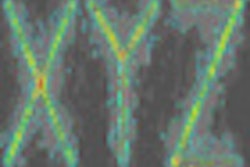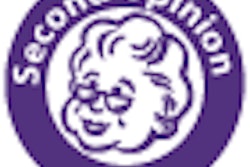Dear AuntMinnie Member,
Sure, everybody gets a little ragged after a long day. But for radiologists, does working long hours affect their performance in interpreting medical images?
Maybe, according to a new story we're featuring in our Imaging Leaders Digital Community. A multicenter team from Iowa and Arizona calculated the diagnostic accuracy and other performance metrics of radiologists both at the beginning and end of a day of reading images.
The researchers found a slight but statistically significant decline in performance at the end of an eight-hour workday. But they postulated that more extended reading could have a greater effect -- a serious consideration in today's era of teleradiology. Learn more by clicking here.
And in our latest installment of our Leaders in Imaging series, associate editor Kate Madden Yee spoke with David Dowe, MD, of Atlantic Medical Imaging in Galloway, NJ, on the future prospects of CT angiography. Read the article by clicking here.
More on FDA gadolinium policy
When the U.S. Food and Drug Administration (FDA) last week released new warning label text for gadolinium-based contrast agents, it caused a stir in the MRI industry. Three agents got new, stronger warnings -- outright contraindications for use in patients at risk of kidney impairment. But what about the other gadolinium agents on the market?
It turns out these agents also received new warning text, although not as stringent as the initial three contrast media. The new labels indicate that the FDA is basing its regulatory approach on the idea that the different gadolinium formulations have different risk levels.
Contributing writer James Brice sorts out the new requirements in an article you can reach by clicking here or visiting our MRI Digital Community at mri.auntminnie.com.



















